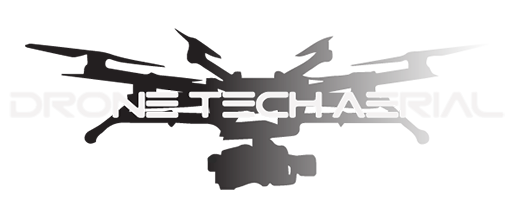Are drones going to replace helicopters in film making? The short answer is no. While helicopters and drones do share the airspace and can both cary professional grade cinema cameras, each platform has strengths to create shots that the other cant.
Drones have already made a significant impact on the movie production industry, providing filmmakers with new and exciting aerial perspectives that were previously only possible with helicopters or other expensive equipment. Drones offer advantages such as versatility, agility, and cost-effectiveness, making them a popular choice for capturing aerial shots in movies, TV shows, and commercials.
While drones have become an essential tool for capturing aerial footage, it’s unlikely that they will completely replace helicopters in movie production. Helicopters still offer certain advantages in terms of flight capabilities, payload capacity, and long-range operations. Helicopters can carry heavier camera equipment, fly at higher altitudes, and withstand harsher weather conditions, which may be necessary for certain cinematic sequences.
Additionally, helicopters provide a different aesthetic and can create a unique sense of scale and grandeur in certain shots. They are also often used for specialized tasks such as carrying large cinema cameras or accommodating specialized camera rigs.
That said, the increasing sophistication of drone technology, including advancements in stability, image quality, and flight time, has made them an invaluable tool in the filmmaker’s arsenal. Drones and helicopters can complement each other, with filmmakers choosing the best tool for the specific shot or sequence they want to capture.
Drones are a versatile tool for film and TV production, and can be used to capture a wide range of shots that would be difficult or impossible to get with traditional camera setups. Some examples of the types of shots that drones can be used for include:
- Aerial shots: Drones can be used to capture aerial footage from a variety of altitudes and perspectives, including overhead shots, bird’s-eye views, and sweeping panoramic shots.
- Follow shots: Drones can be used to follow moving subjects, such as vehicles or individuals, providing a dynamic and immersive perspective.
- Tracking shots: Drones can be used to move along a predetermined path, such as following a road or a coastline, providing a smooth and continuous shot.
- Establishing shots: Drones can be used to provide a wide-angle view of a location or setting, establishing the context and setting the stage for the action to come.
- Point-of-view shots: Drones equipped with cameras can be used to provide a first-person perspective, giving the viewer a sense of what it’s like to be in a particular location or situation.
- Special effects shots: Drones can be used to create special effects shots, such as explosions or other large-scale events, by flying close to the action and capturing the footage from unique angles.
- Time-lapse shots: Drones can be used to capture time-lapse footage of landscapes, cities, or other subjects, providing a unique perspective on the passage of time.
It’s important to note that the use of drones for film and TV production is governed by a complex set of regulations, and requires skilled and experienced pilots to operate them safely.

